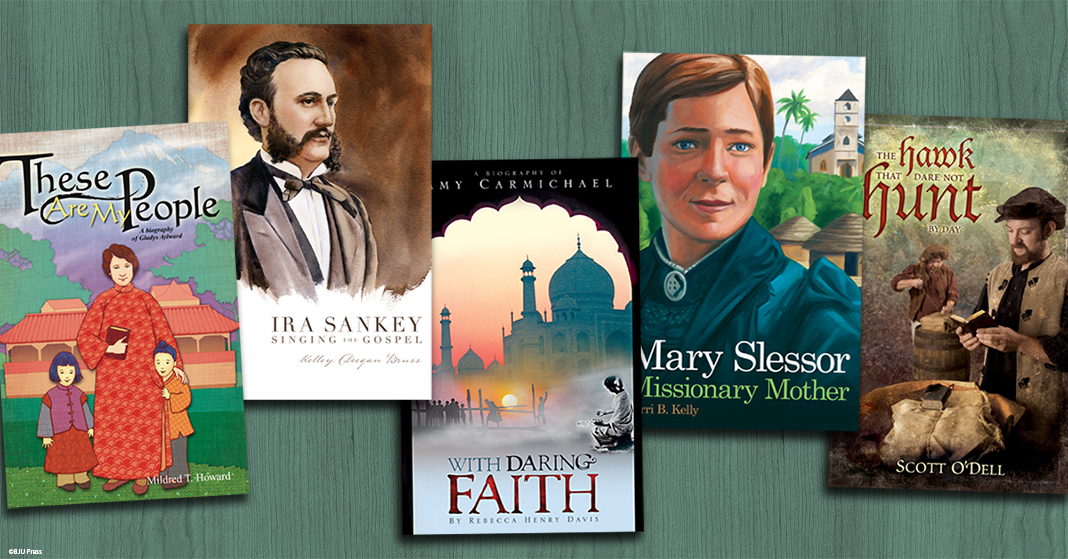
In most of the world, the Bible is the only book that has been more widely read than The Pilgrim’s Progress by John Bunyan. This classic allegory of the Christian life has appeared in over four thousand English-language editions and has been translated into scores of other languages. Generation after generation, people have found blessing and help in its pages. Why all this popularity, and what does it mean for you and your homeschool family? Is this 339-year-old story relevant to you and your kids?
The Power of a Well-Told Story
Everyone enjoys a story, and the story of Christian’s journey from the City of Destruction to the Celestial City communicates truth in a powerful and memorable way. There are interesting characters, lively conversations, new places, and dramatic scenes.
When it was written in 1678, The Pilgrim’s Progress depicted characters and events that felt realistic to readers of the time. To modern readers, the people and places in the book have an old-fashioned, almost fairytale feel to them. Yet the events of this allegory still reveal timeless truths about salvation, right living, and the importance of staying on the path of faith.
The Wording and Language of The Pilgrim’s Progress
Bunyan was a man of the people. Most of his positive characters are commoners, and he wrote in a relaxed conversational style, using the informal, lively language of rural common folk in seventeenth-century England. However, the wording of the book is dramatically different from the conversational language of today. For this reason and others, we recommend The Pilgrim’s Progress for high-school students, especially those in tenth grade and above.
Encourage your teens to have a dictionary or smartphone handy so they can look up the meanings of difficult words or antiquated phrases. BJU Press offers a helpful Teacher’s Guide that has marginal notes, vocabulary information, and discussion questions to help you teach the book effectively. If you’d like to introduce the story to younger children, you can find excellent abridged or adapted versions to use until they are ready for the real thing. One well-loved children’s version is Dangerous Journey, retold by Oliver Hunkin and beautifully illustrated.
The Different Types of Believers
There’s an interesting inclusivity in The Pilgrim’s Progress, which allows for the different Christian life experiences believers may have. As a pastor and a close observer of individuals, Bunyan gave his three main characters—Christian, Faithful, and Hopeful—different weaknesses, unique strengths, and a variety of experiences. As you study the book together during your homeschool sessions, your children may be able to see their own traits and tendencies reflected in the characters.
The Role of the Allegory
From an educational perspective, The Pilgrim’s Progress is important in the development of literary genres. It’s an allegory, not a novel or fable; but the characters and narrative make it an important forerunner of the novel. Bunyan made his major characters and many of his minor characters both lifelike and varied. Thus, The Pilgrim’s Progress has great value as a literary work as well as a realistic story that expounds themes of salvation, temptation, the Christian’s armor, and the benefits of Christian fellowship.
Are you ready to dive into The Pilgrim’s Progress as part of your homeschool? Study it along with your high school students so you can benefit from the literary and spiritual enrichment as well!
• • • • •
Rebecca is a work-at-home freelance writer, novelist, wife, and the mom of two bright-eyed little ones. She credits her success in writing and her love of books to her own mom, who homeschooled three kids from pre-K through high school.


 Celebrating our blessings on a special day is a wonderful thing to do, but how do we teach our children to be grateful every day? How do we train them to see God’s hand in the little blessings as well as the big ones? Check out this Thanksgiving activity that offers weeks of thankfulness and fun for the whole family. It helps children develop an attitude of gratitude—and grownups may find it refreshing too!
Celebrating our blessings on a special day is a wonderful thing to do, but how do we teach our children to be grateful every day? How do we train them to see God’s hand in the little blessings as well as the big ones? Check out this Thanksgiving activity that offers weeks of thankfulness and fun for the whole family. It helps children develop an attitude of gratitude—and grownups may find it refreshing too!